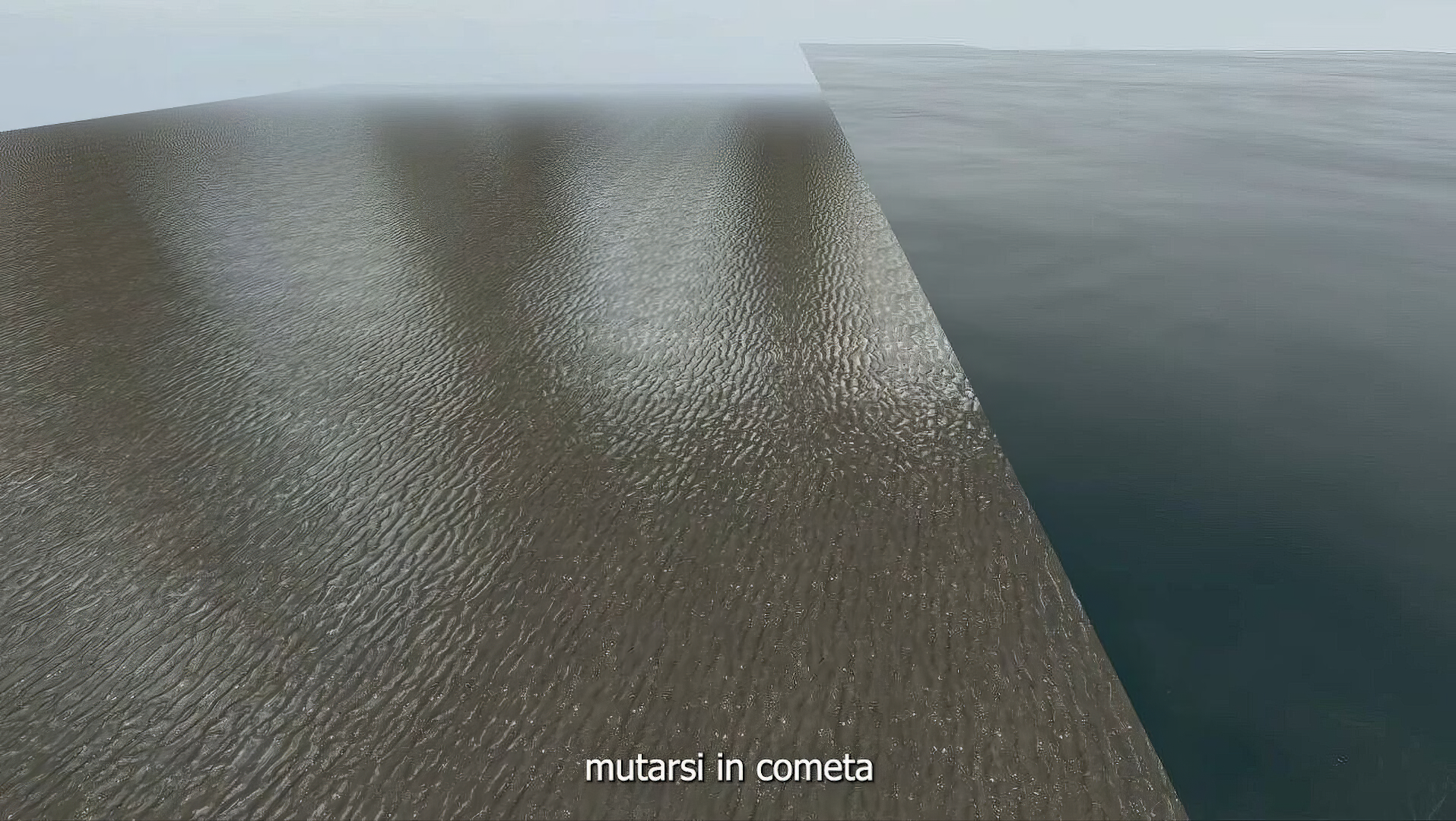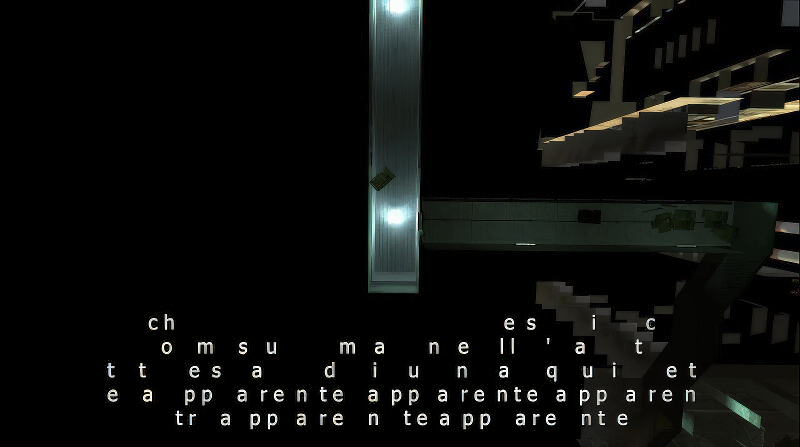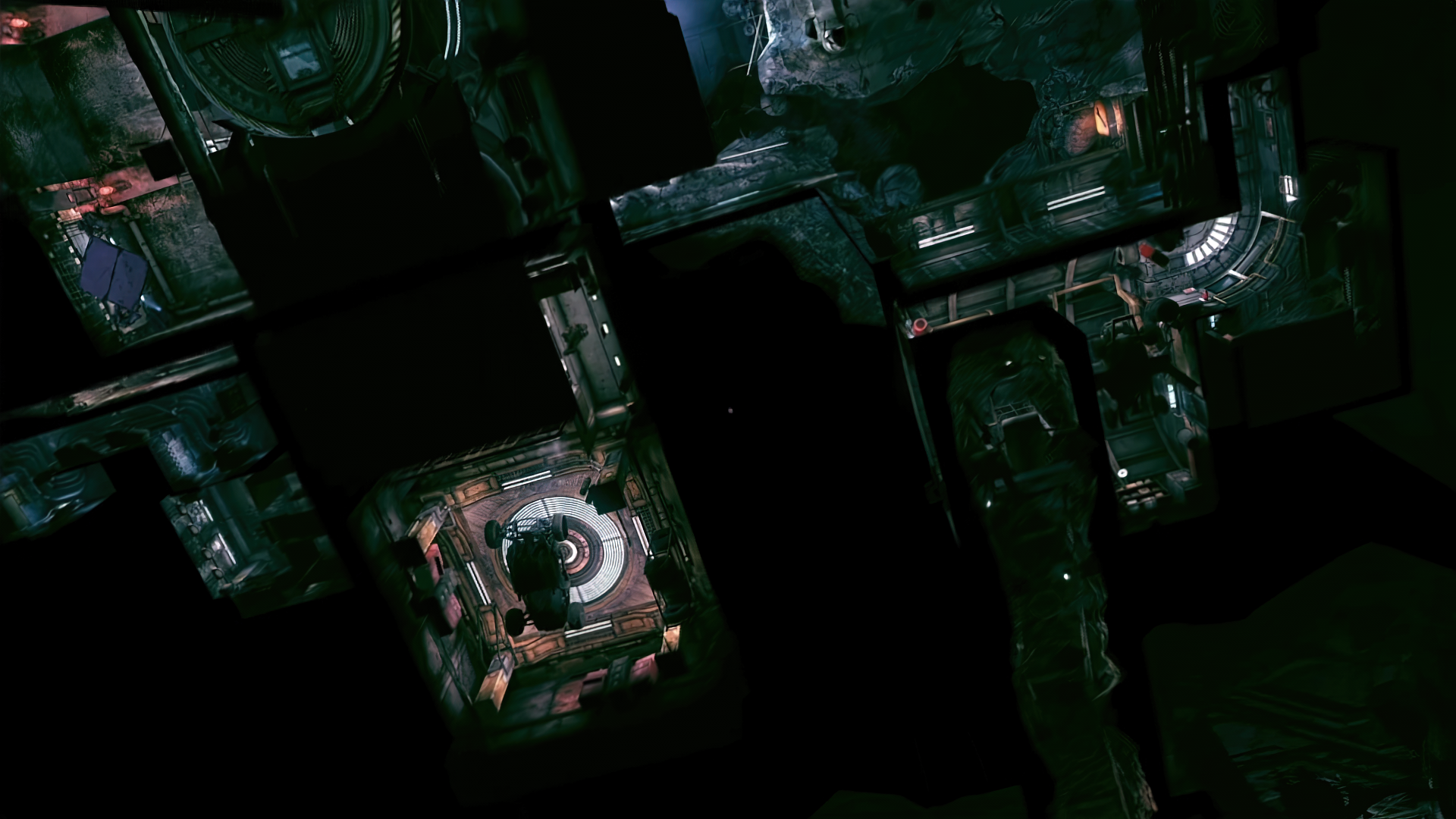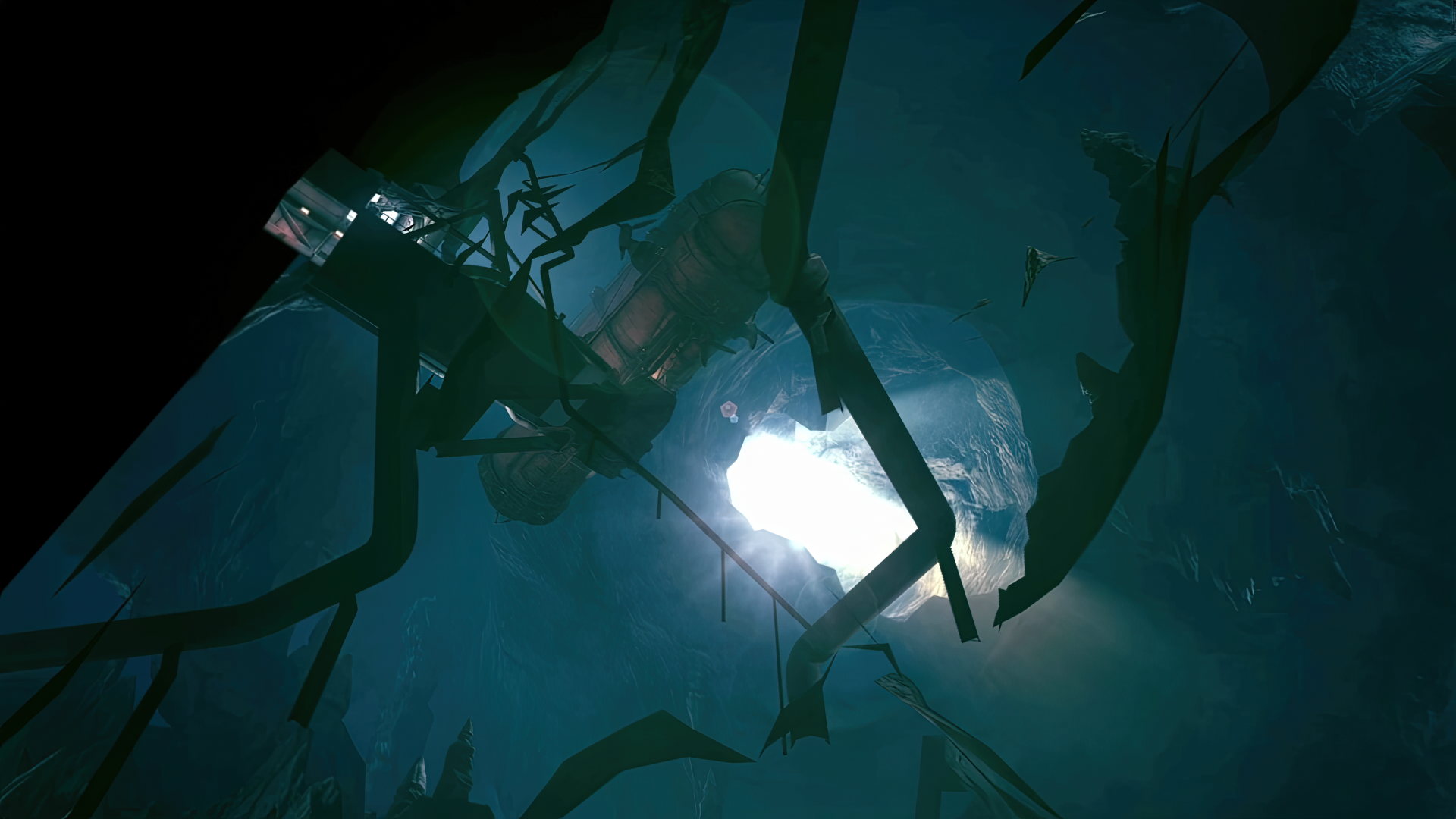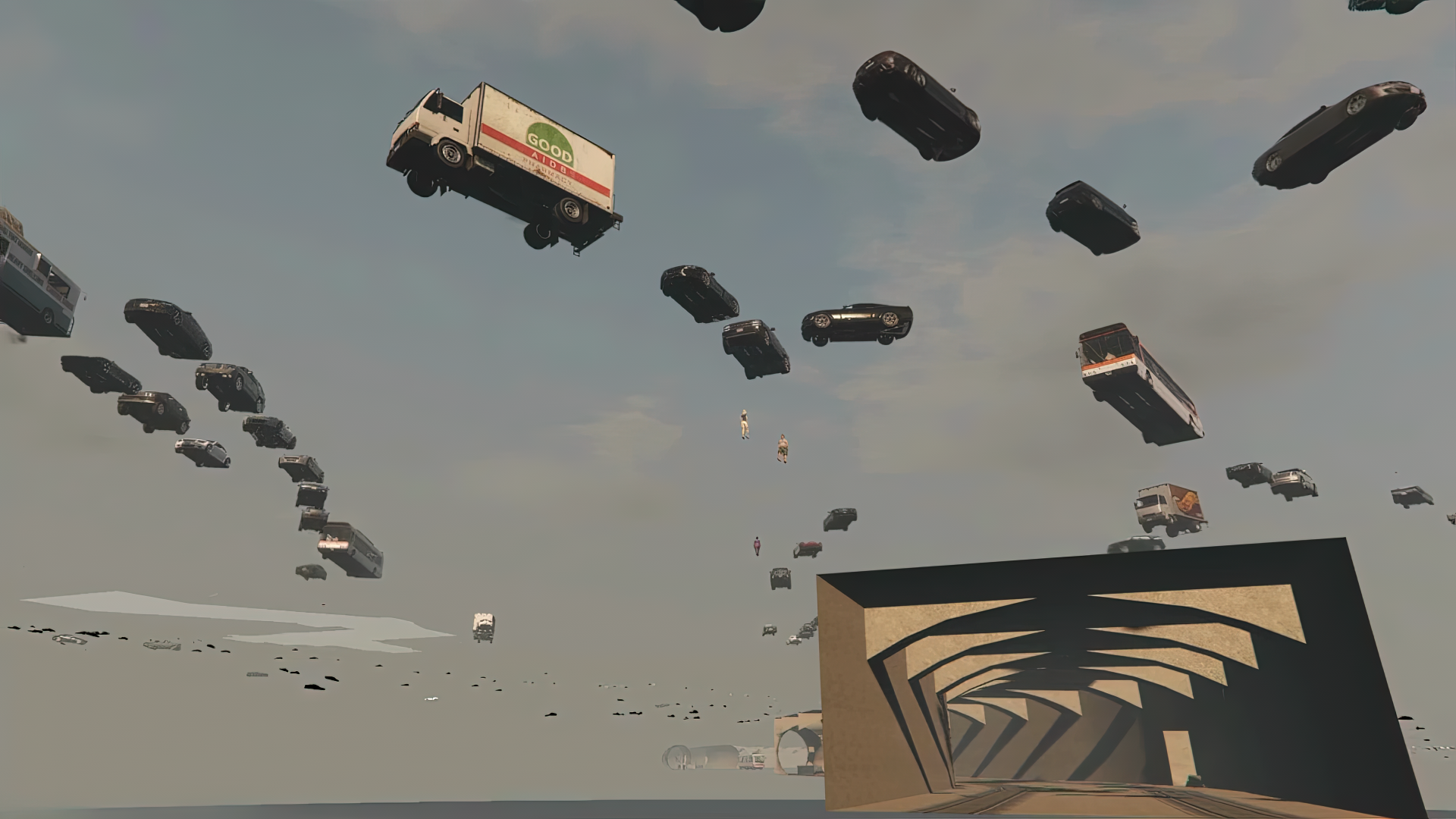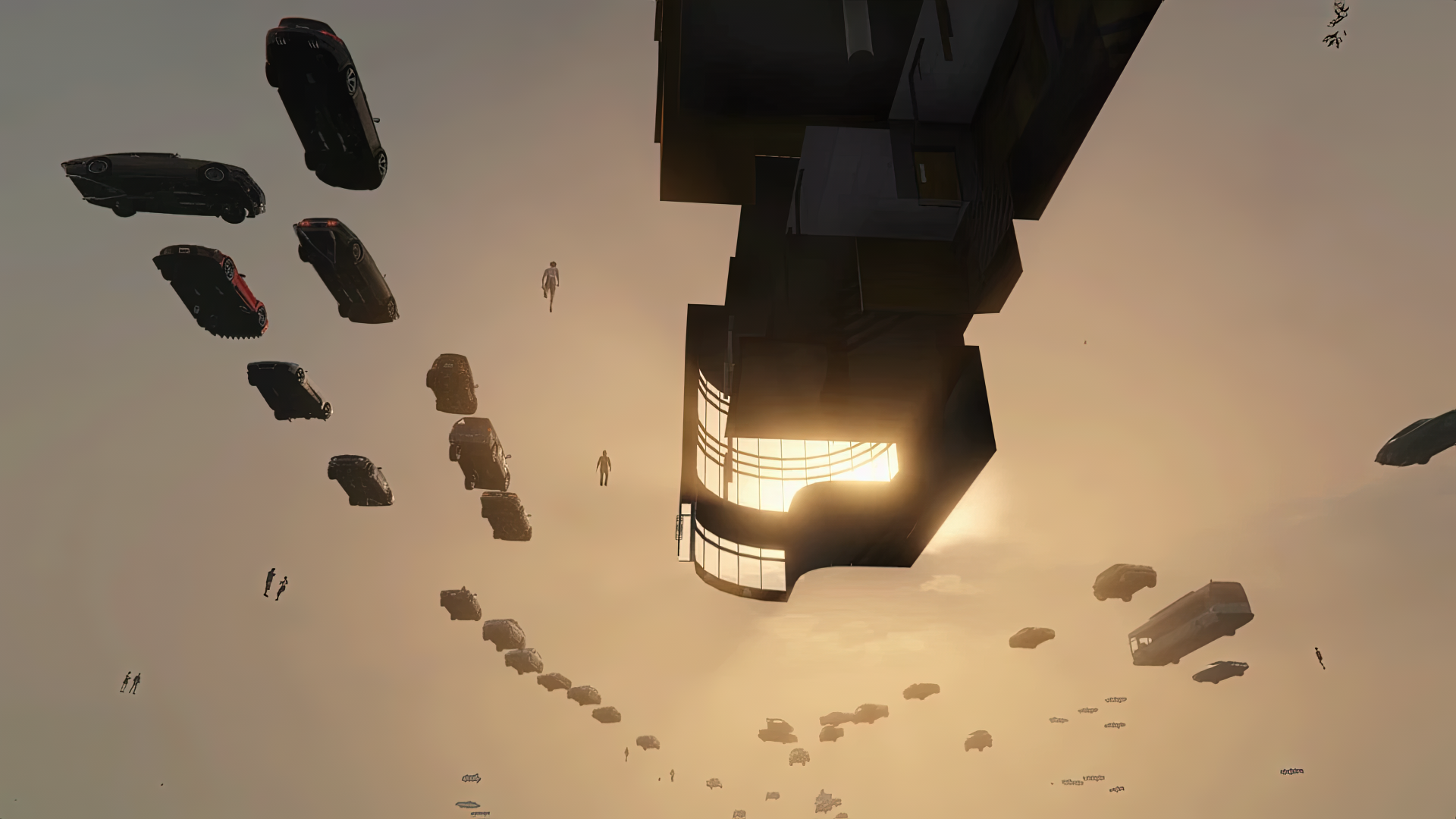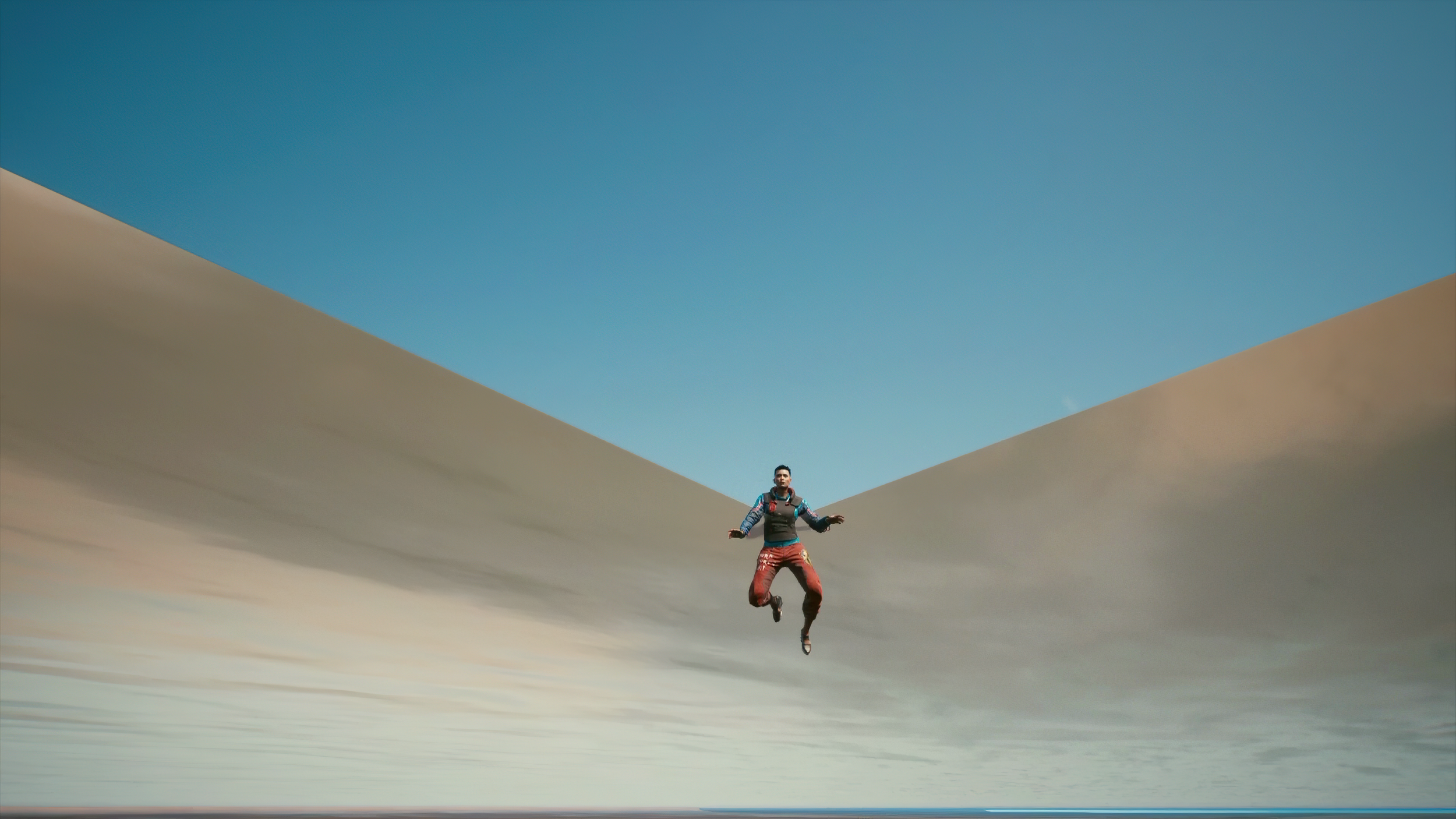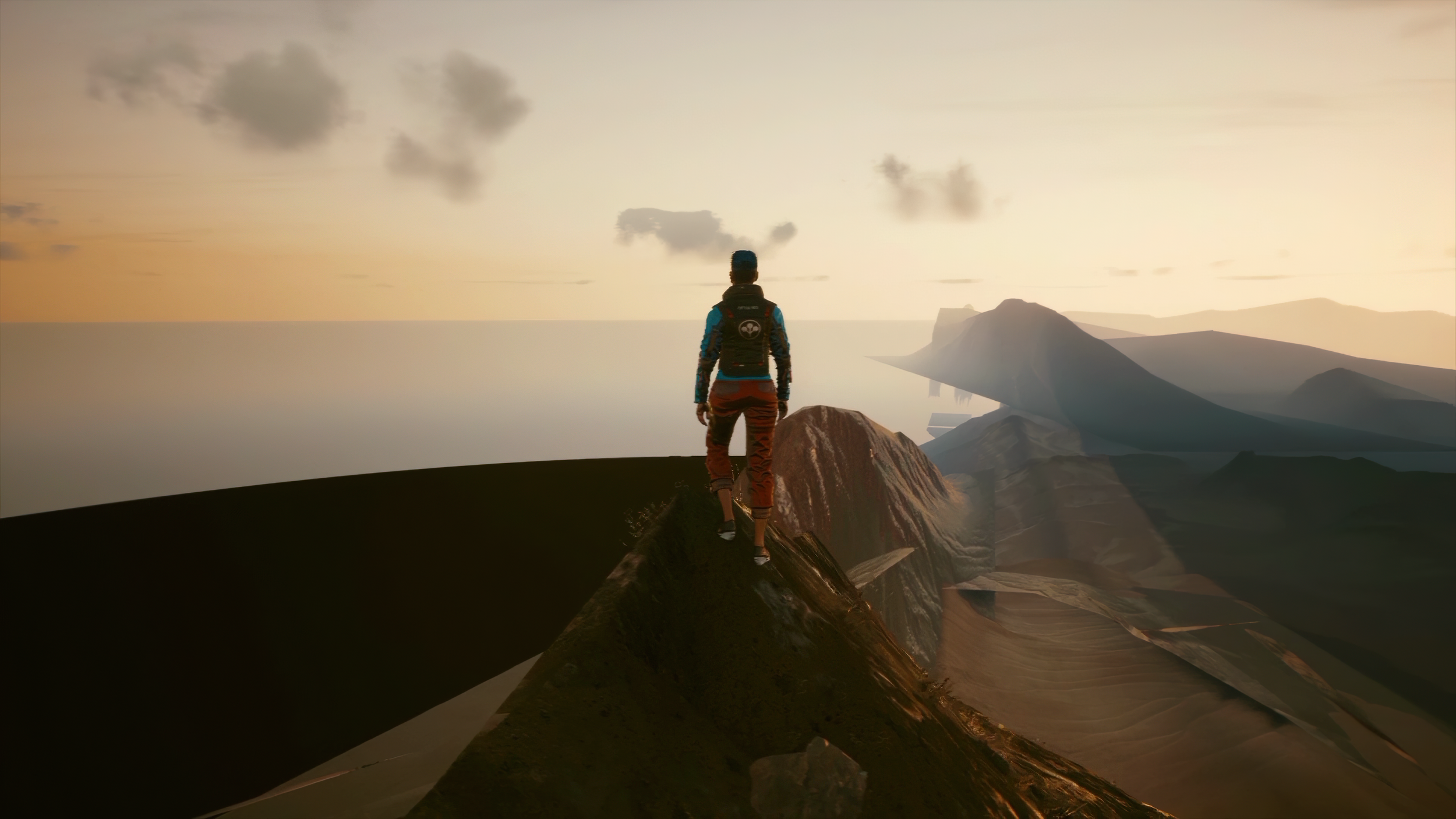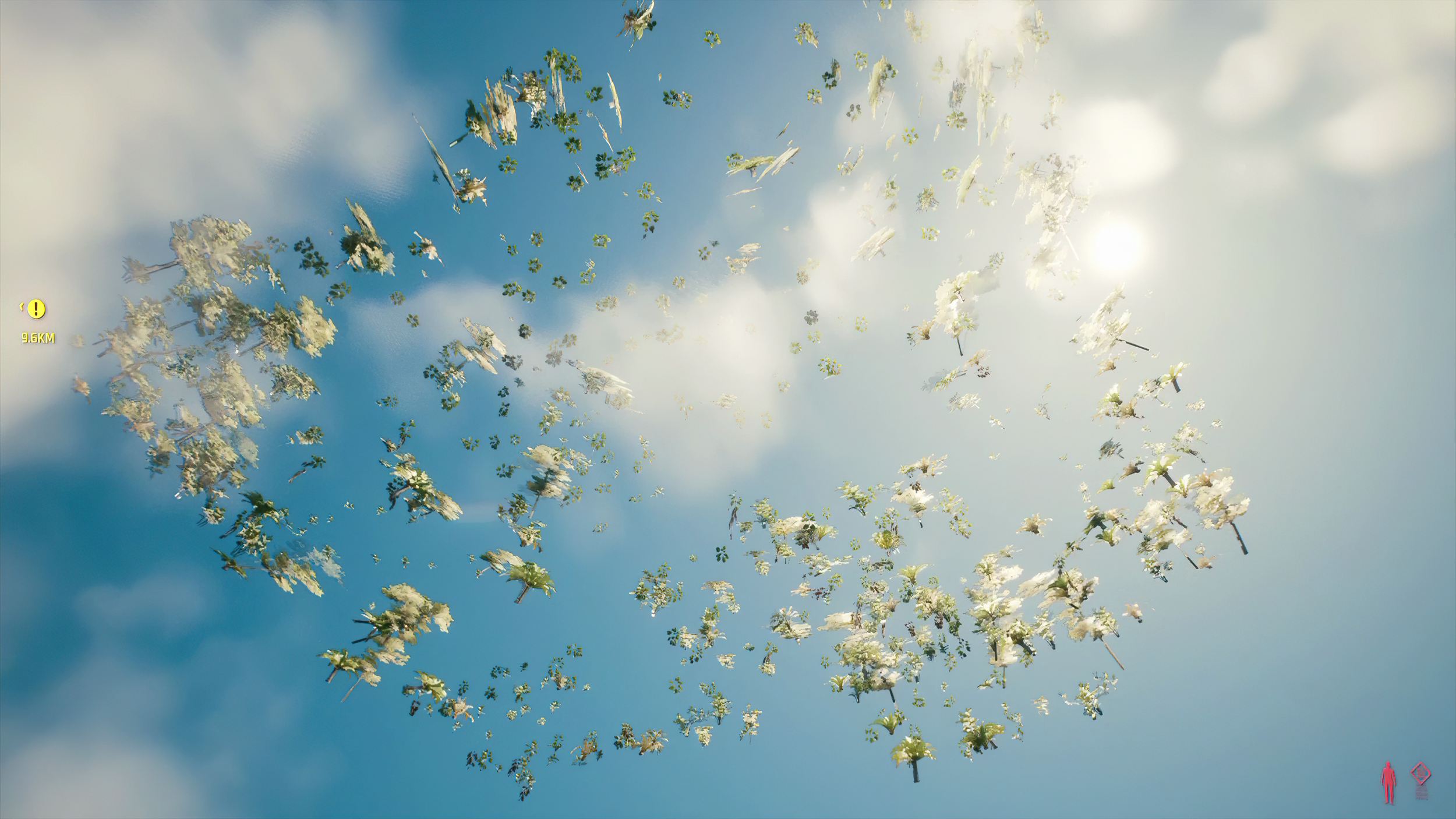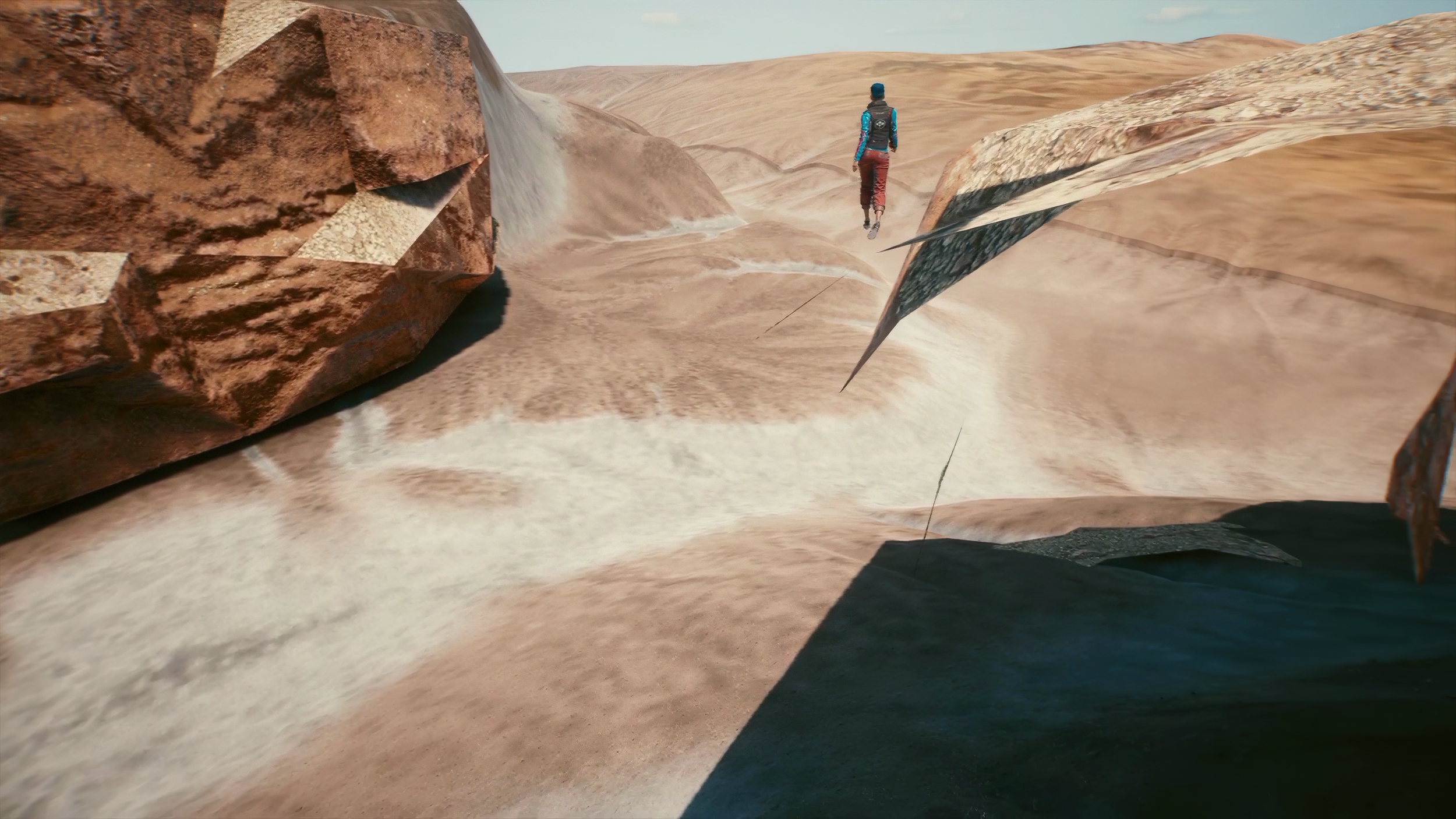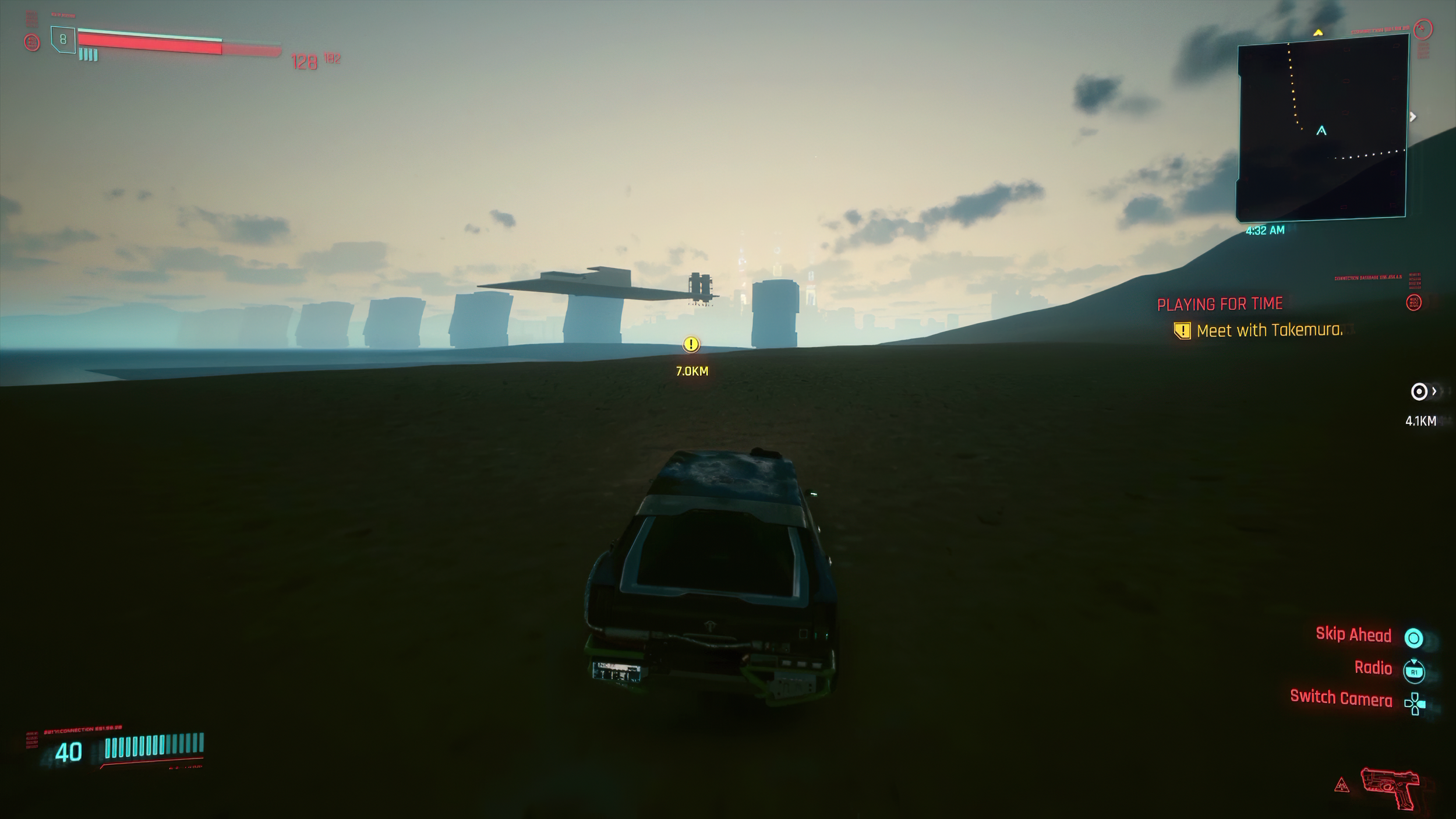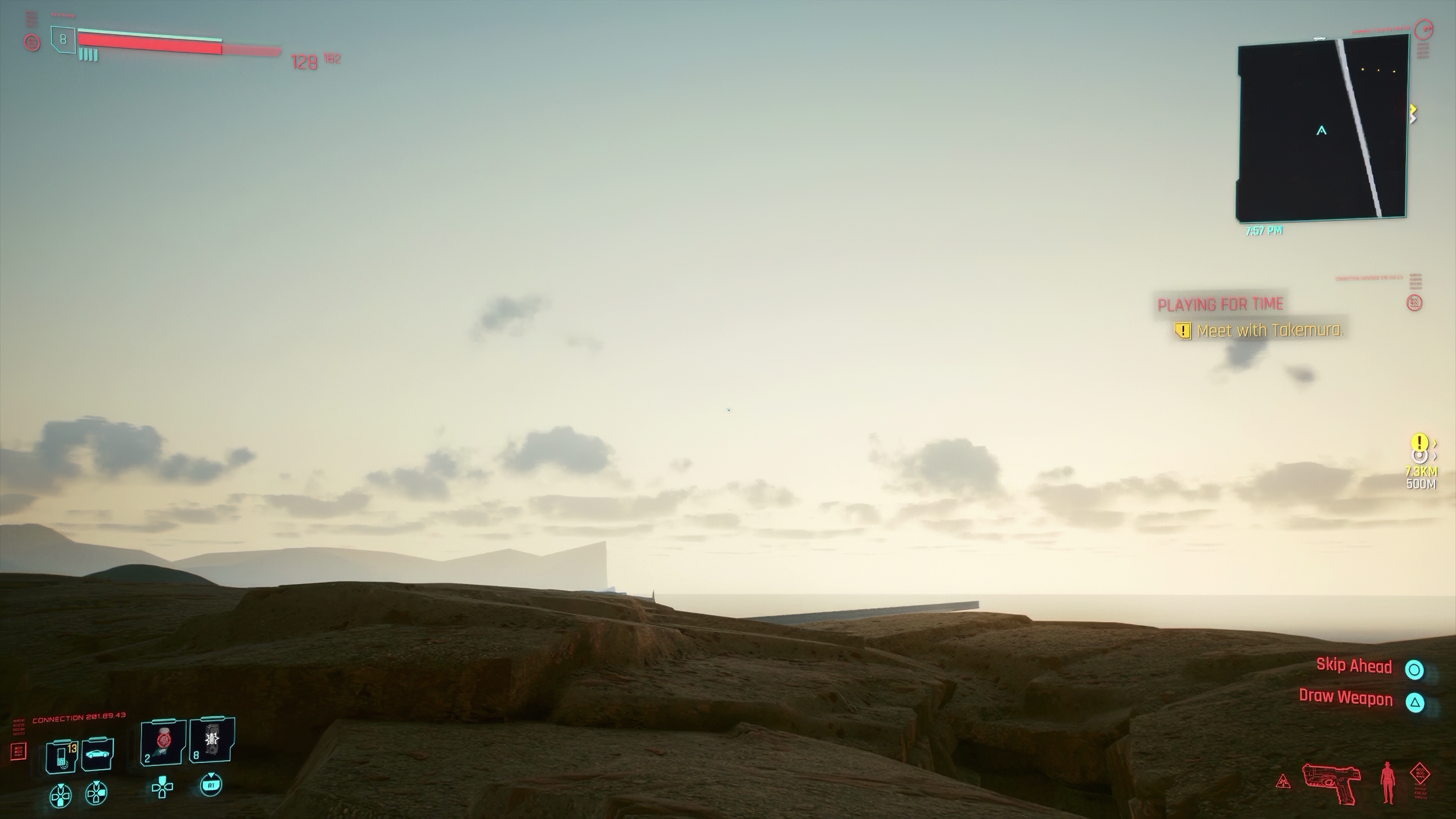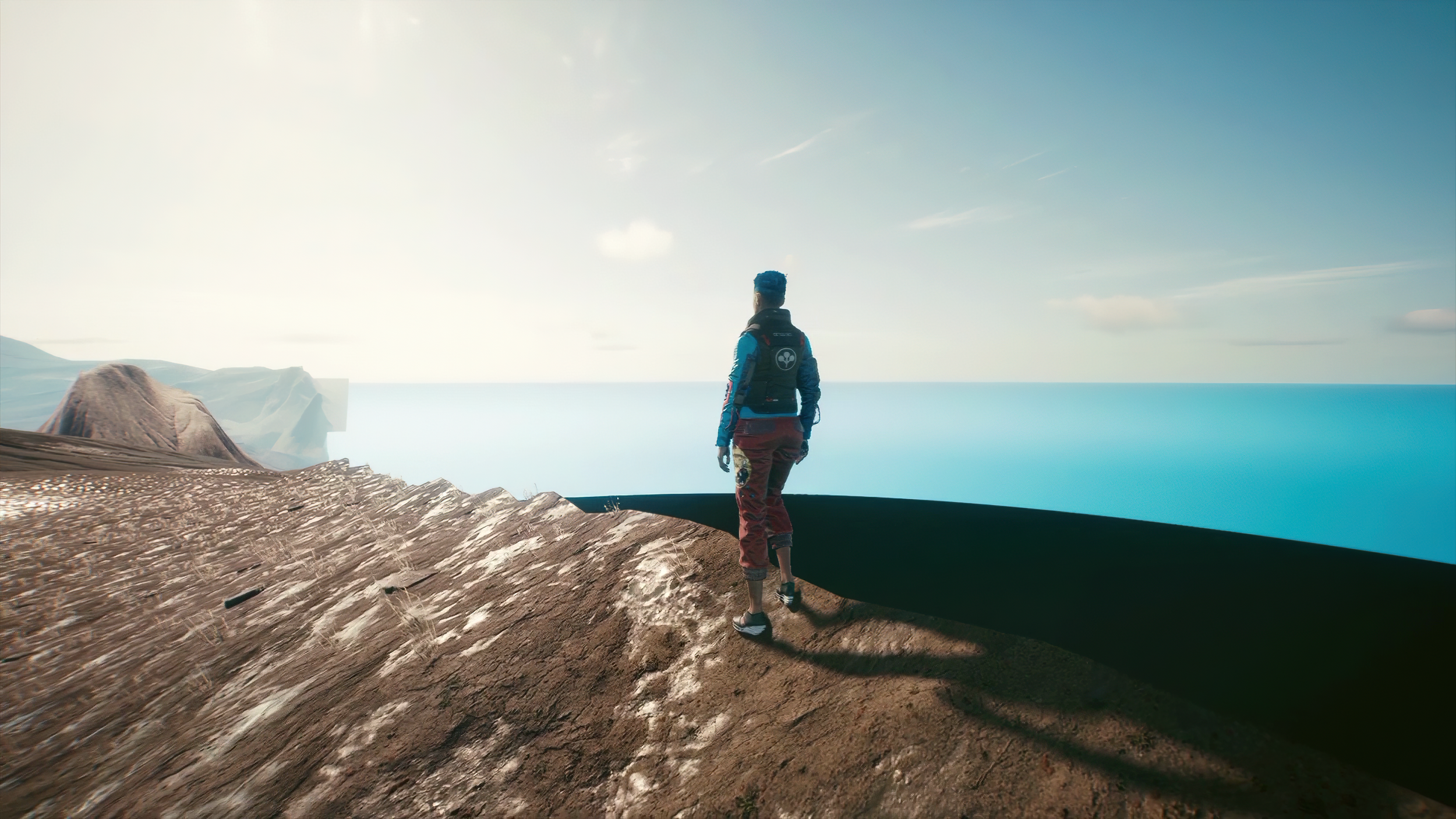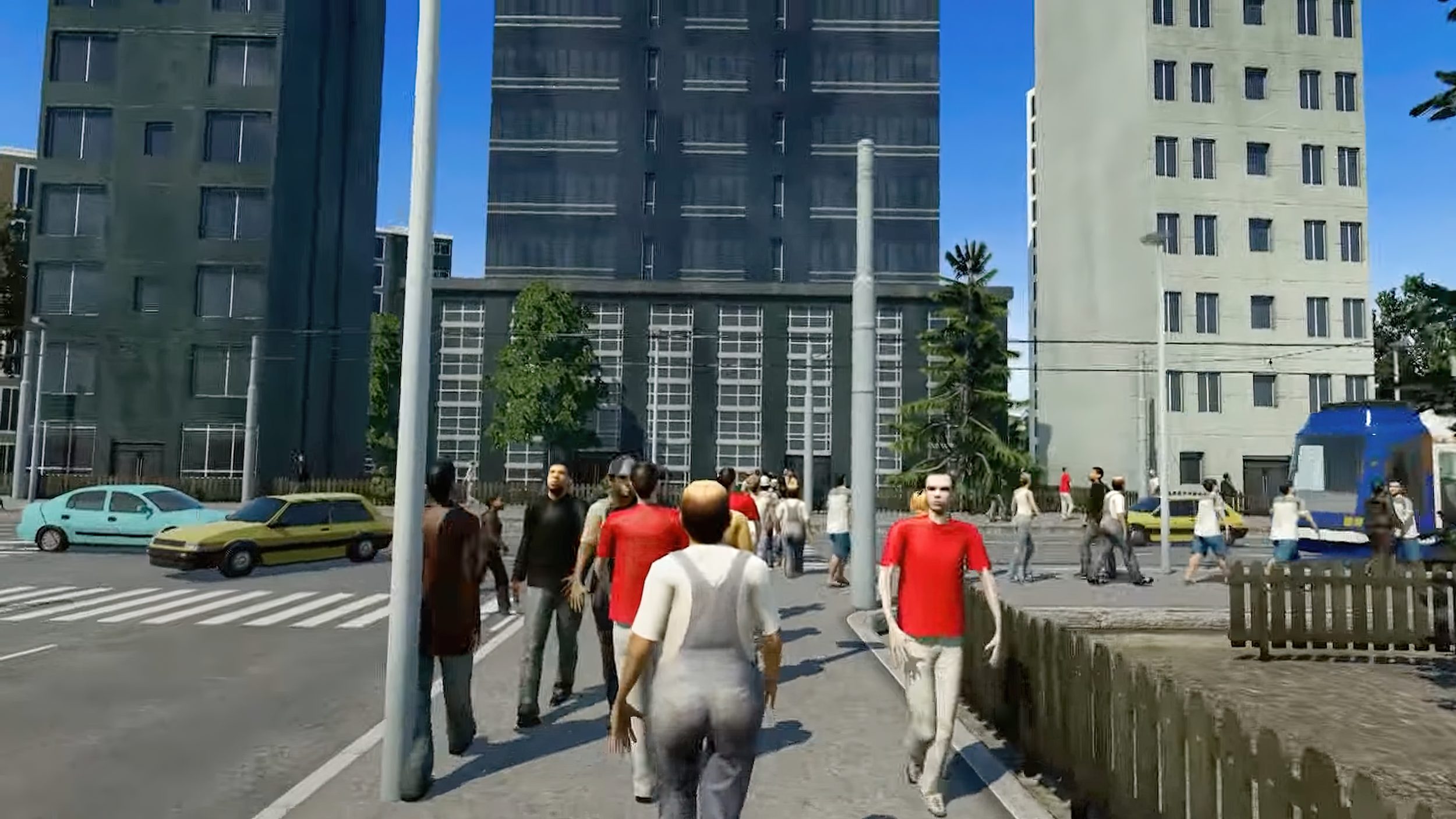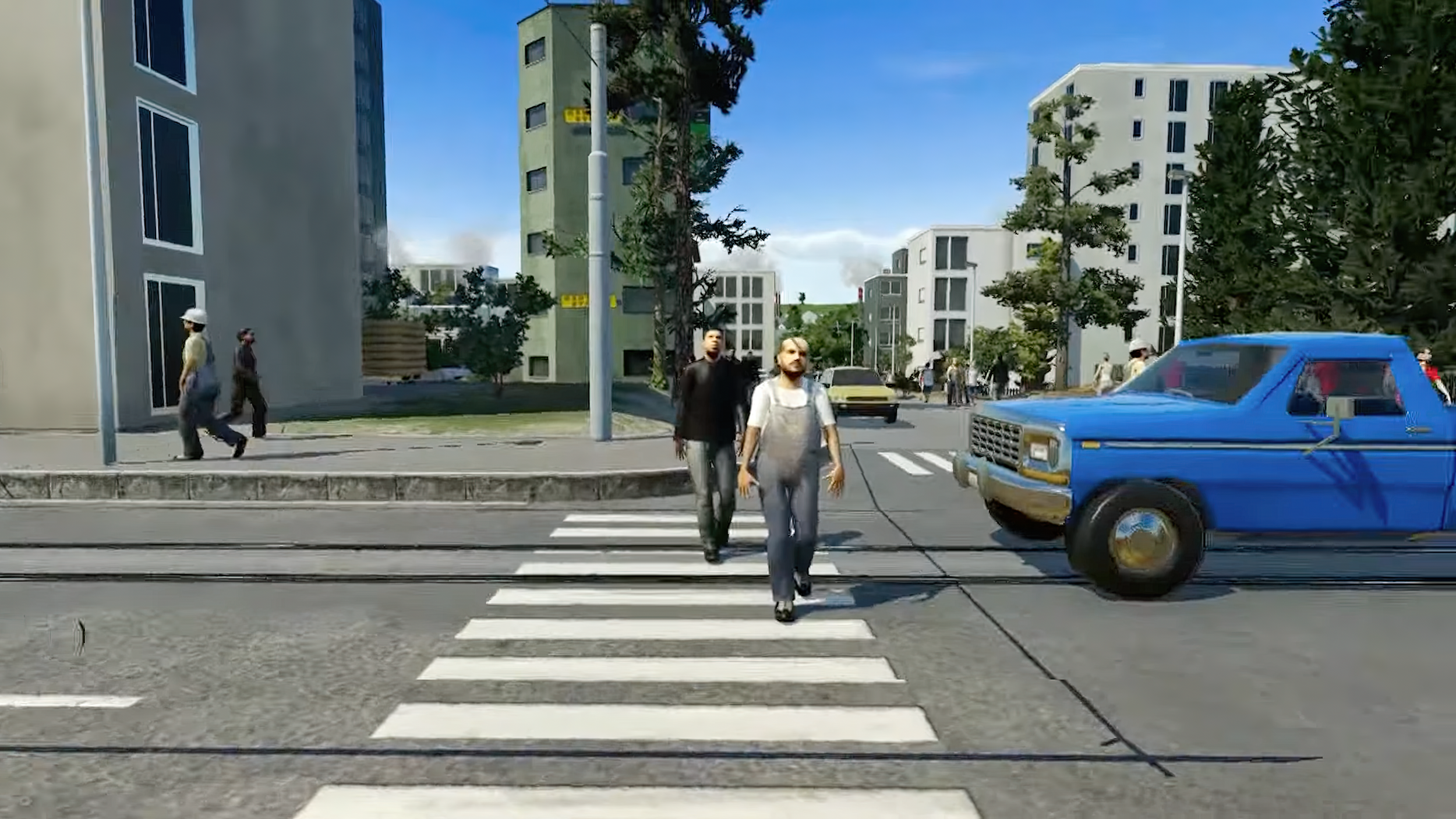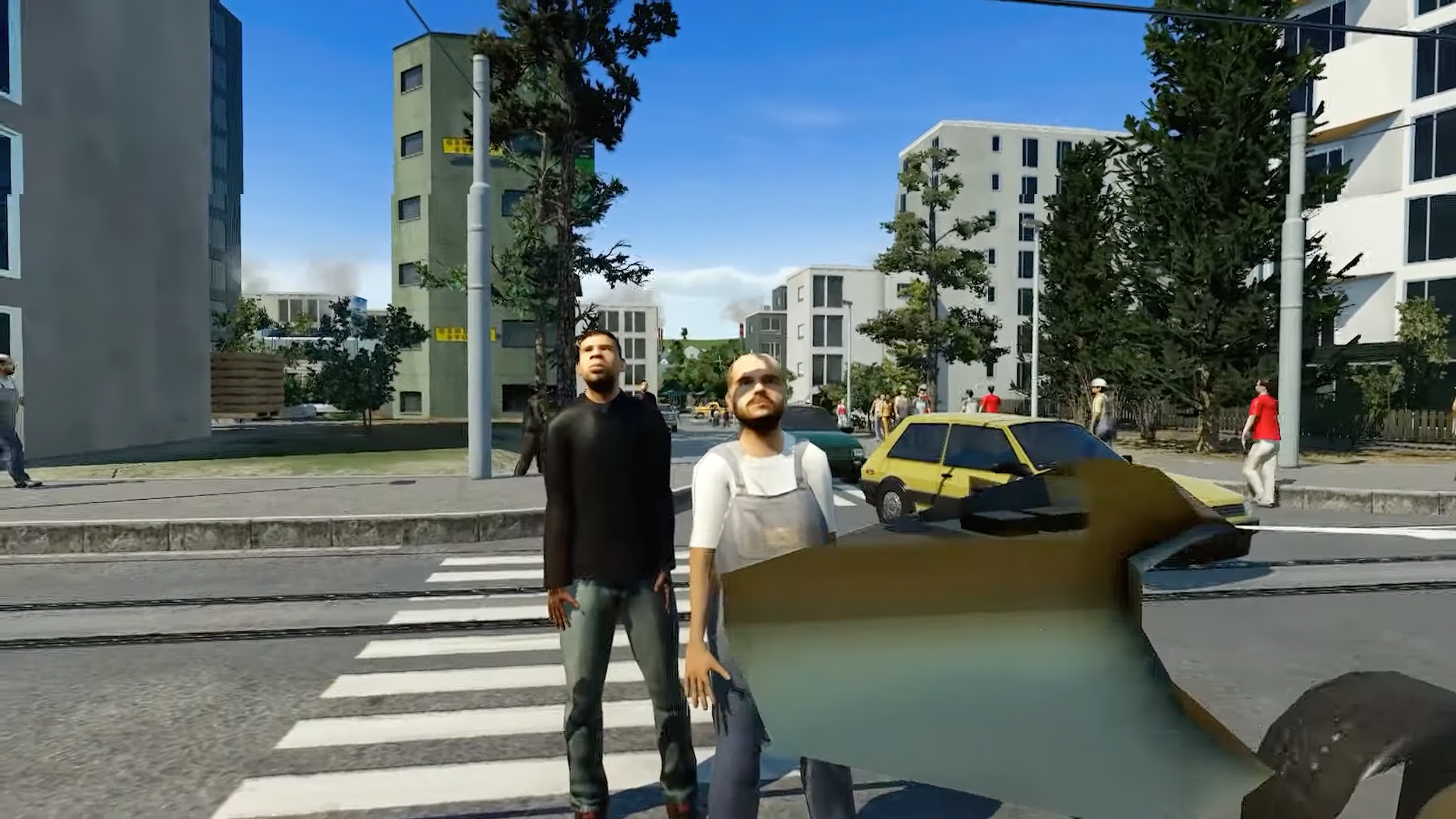We are excited to share that Elia “marasma” Strazzacappa’s Uncanny’s Dream will be featured in the Made in Italy program at the upcoming Milan Machinima Festival.
Uncanny’s dream is a deliberately glitchy, unhinged reinterpretation of Fabrizio De Andrè’s song Il sogno di Maria. This innovative project breathes new life into the song through the haunting liminal spaces of Half-Life 2, utilizing Garry’s Mod for an immersive experience. This poetic work captures a deep sense of solitude and the existential boundaries familiar to those who have navigated the Source engine’s realms. De André’s lyrics and melody undergo a transformative process, infused with electronic elements and altered vocals, evoking a stark sense of desolation and dehumanization characteristic of synthetic environments. These spaces, simultaneously familiar and alien, embody the project’s exploration of nostalgia and the uncanny, the dominant mood of the 21c. Uncanny’s dream speaks to the early digital explorations of Millennials and Generation Z, invoking a powerful blend of virtual proximity and real alienation, a visceral and intimate experience that has indelibly shaped their cultural and aesthetics perceptions.
Elia “marasma” Strazzacappa is a multifaceted intermedial artist from Italy engaging with a variety of media, including painting, video production, photography, music composition, sculpture, graphic design, 3D modeling, literary work, and tattoo artistry. His work gracefully traverses the boundary between the analog and digital worlds, showcasing a fluid and critical approach to addressing the intricate challenges posed by late-capitalist culture. Strazzacappa is currently enrolled in the New Art Technologies at the Brera Academy of Fine Arts in Milan and plays a pivotal role in the dynamic project space @spazioxenia, located in the heart of the city. This collaborative platform acts as a fertile ground for his creative pursuits, with a keen emphasis on painting and the continuous evolution of his personal investigative journey. A distinctive hallmark of Strazzacappa’s artistic philosophy is his exploration of the “anti-product” approach, challenging traditional ideas surrounding the creation and consumption of art, underlining his deep-seated interest in examining and questioning the significance and influence of art within the fabric of modern society.
Read more about the 7th edition of the Milan Machinima Festival


